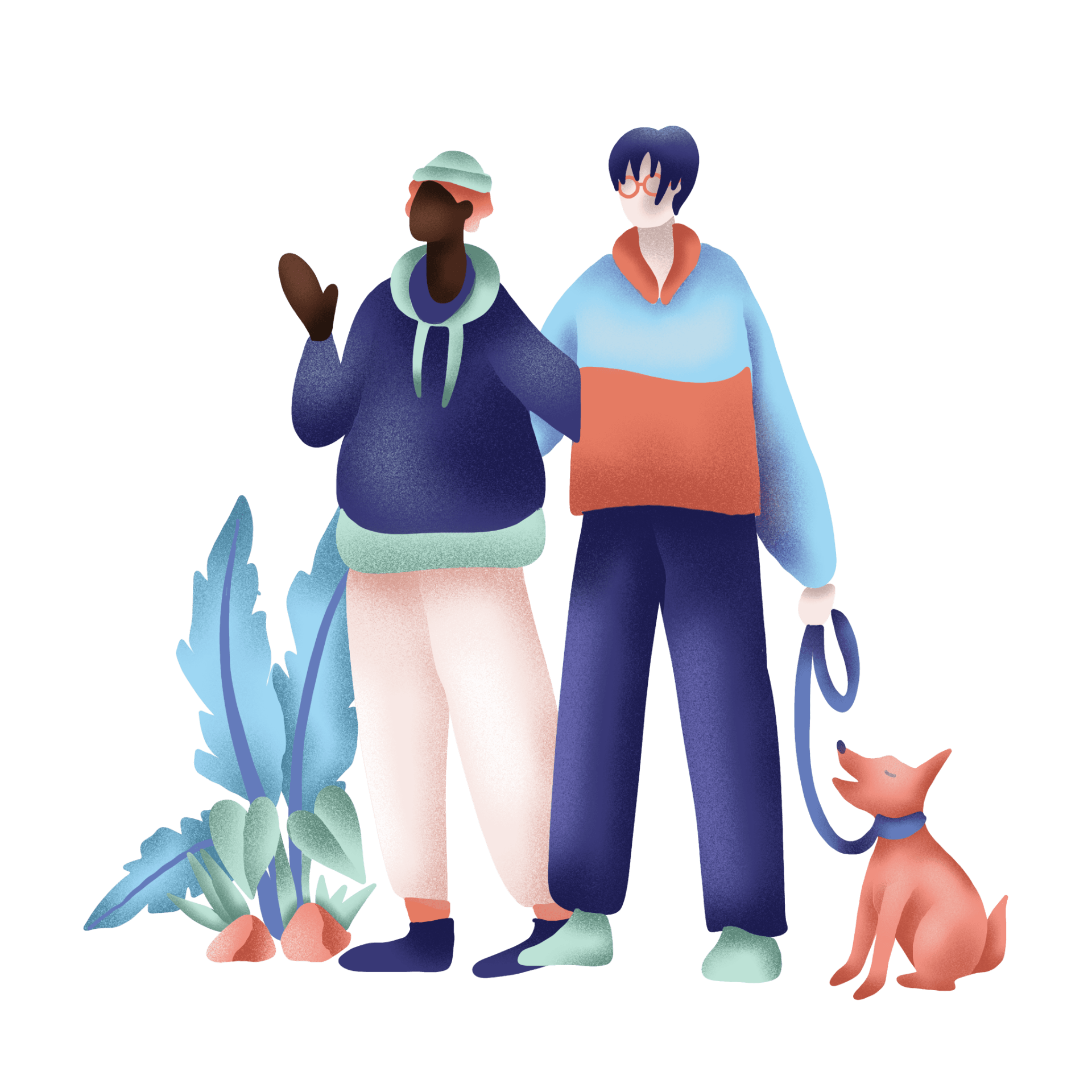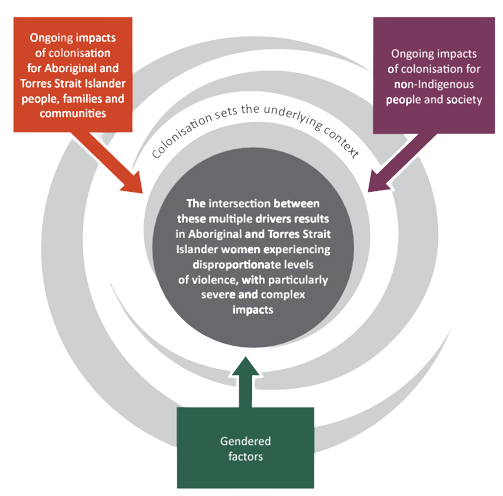Intersectional nature of violence
Anyone can experience DFV, however the rates of DFV are disproportionately high in some sections of society.
Due to structural inequalities and discrimination, some people and communities are known to experience additional barriers to safety leading to increased risks of experiencing family violence including;
- Aboriginal and Torres Strait Islander women People experiencing pregnancy
- Women from culturally and linguistically diverse communities
- Women in rural communities
- Women living with a disability
- Older women
- Women in disadvantaged socioeconomic backgrounds
- Women experiencing mental health issues
- Gay, lesbian, bisexual, transgender and intersex people
Gender inequality is the underlying driver of DFV, but it intersects with other forms of oppression and discrimination, creating higher rates of DFV for more marginalised groups.
Intersectionality reflects an understanding of how oppressive structures around gender, ethnicity, race, cultural background, disability, religion and sexual orientation can interact to create the social and institutional context for disadvantage and inequality.

Intersection of gender inequality, racism and colonisation
Aboriginal and Torres Strait Islander women and children experience disproportionate rates of violence, and violence that is often more severe and more complex in its impacts. This is reflective of the intersection of the ongoing impacts of colonisation and gender inequality.

See research by Our Watch: Changing the Picture for more details on the diagram above.
Power, privilege and oppression is reinforced by social systems and structures.
For more local research on this topic, visit Tangentyere Family Violence Prevention Resources here.
National Helplines: